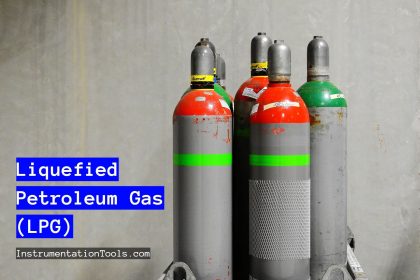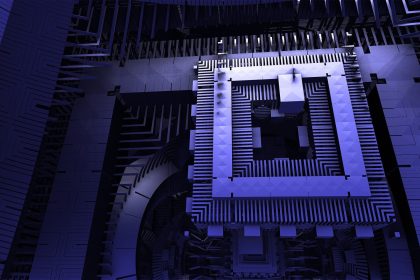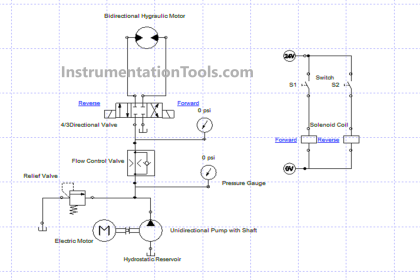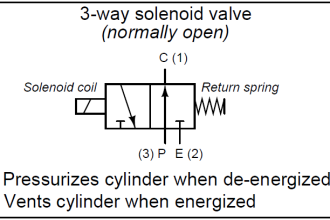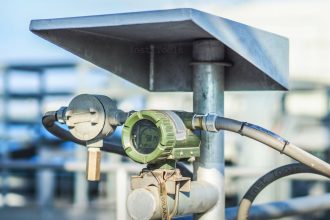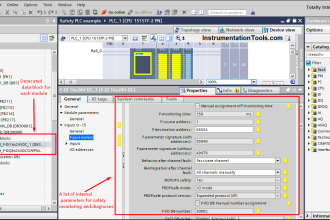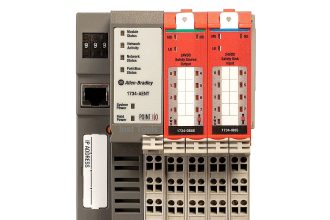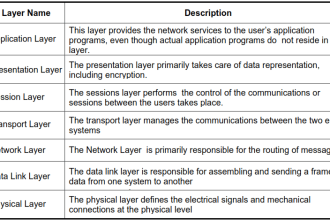Stainless steel is the ideal material for CNC machined parts. It suits most industries and is easier to the machine. In this article, we will cover all you need to know about stainless steel material from properties, advantages, applications, and tips.
Stainless Steel CNC Machined Parts
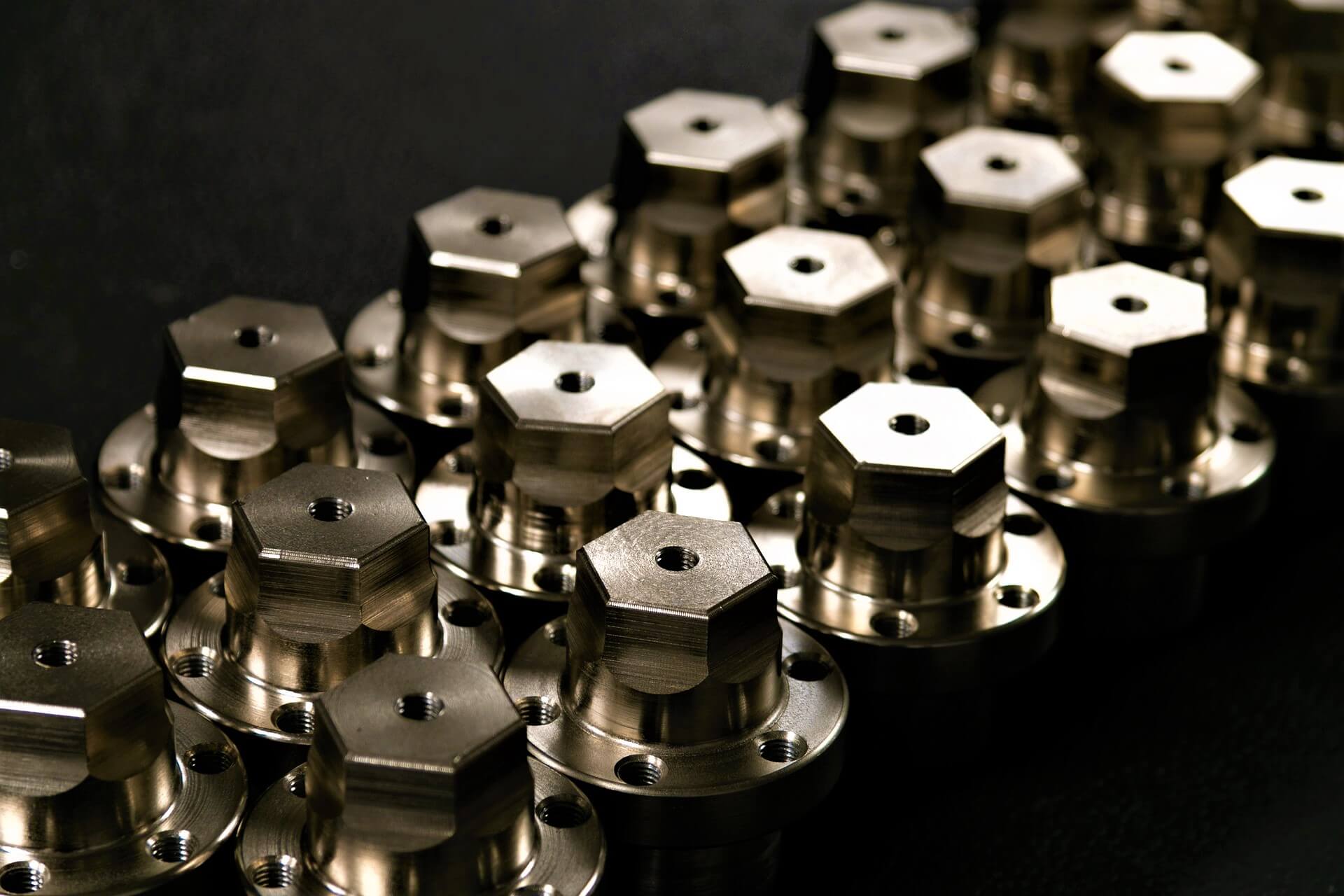
The value of stainless steel has been on the rise for the last many years in various industries such as manufacturing, automobile, aerospace, and more. The reason for the increase in value is that stainless steel offers a lot.
It provides benefits like durability, high strength, and corrosion resistance necessary for all the above industries.
In this article, we will cover all about stainless steel CNC machining. It includes the material properties, advantages, application, and tips for stainless steel machining parts.
Material Properties of Stainless Steel
Stainless steel has superior corrosion resistance to carbon and low-alloy steel. It is because of high chromium content.
Stainless steel gets categorized into five categories:
- Austenitic
- Ferritic
- Martensitic
- Precipitation Hardened (PH)
- Duplex
In the below table, we will explain the properties, uses, and popular grades for the types of stainless steel.
| Category | Properties | Popular Grades | Common Uses |
| Austenitic | The material is non-magnetic and has excellent corrosion and heat resistance. | 304, 316 | Gutters, bolts, nuts, and other fasteners get used in the food processing industry. |
| Ferritic | Magnetic, with lower corrosion and heat resistance than austenitic. | 430, 446 | Kitchen appliances and automotive parts. |
| Martensitic | Magnetic, with moderate corrosion resistance – not ideal for severe corrosion. | 416, 420, 440 | Surgical instruments, knives and hand tools. |
| Precipitation Hardened (PH) | It is one of the tough grades with severe corrosion resistance. | 17-4 P-5 PH | In the aerospace industry. |
| Duplex | It’s a combination of austenitic and ferritic. | 244, 2304, 2507 | In pressure vessels and water treatment plants. |
Advantages of Stainless Steel CNC Machining Parts
Stainless steel offers plenty of benefits to various industries that manufacture precision machined parts.
The CNC machined parts require a material that has characteristics, and stainless steel ticks all the boxes by offering the below benefits:
- Highly versatile and flexible
The flexibility of stainless steel offers it to get moulded just like traditional steel. The machinists can add sulphur to increase the formability.
Austenitic stainless steel is the most versatile variation and better than other materials present in the market that are brittle.
The stainless steel’s formability is the main benefit that works for machinists. It helps to manufacture complex machined parts with ease.
- Corrosion resistance
Stainless steel has high corrosion resistance and can get used in harsh manufacturing conditions. The low alloyed grades resist atmospheric conditions.
High alloyed grades can withstand exposure to acids.
- High strength
Stainless steel is favourite among machinists because of its strength-to-weight ratio. It allows the parts to manufacture parts from thin materials.
As stainless steel can withstand extreme temperatures, cold hardening can increase strength. Martensitic stainless steels are capable of providing the highest durability.
- Low maintenance
Stainless steel gets preferred for industrial applications because of its low maintenance cost. As we have seen above, it can withstand harsh conditions.
Therefore, it results in a longer life-cycle at a cost-effective price compared to other materials.
Application of Stainless Steel Machining Parts
- Automotive industry
The use of stainless steel in the automotive industry is one of the biggest. The automotive industry is growing, and it requires quality, precision machined parts that can serve the purpose.
Stainless steel is the material for the automotive industry, and it gets used mainly for the body, engine parts, exhaust, frame, and more.
It is lightweight and has a better strength-to-weight ratio than other materials. It allows producing thousands of pieces of equipment with the same precision.
- Medical industry
The industry requires parts that need to get used to saving a life, so precision is most important. Custom steel parts get used in needles, medical tweezers, wheelchairs, steel scalpels, and more. Stainless steel is formable into any desired shape. Therefore it’s easier to meet the demands of the medical field.
The medical parts made up of stainless steel are resistant to scratches and stains making it easier for the hospital to maintain them in the long term.
Cleanliness is a vital part of the medical industry, and stainless steel works well in this scenario. It is easier to clean than other hard surfaces.
- Aircraft industry
The aviation industry has a preference for stainless steel. The parts made up of stainless steel get used in frames of airplanes because of their capability to withstand the weight and handle extreme temperatures.
The parts used in landing gear require precision to prevent it from rusting.
Tips for Machining Stainless Steel Parts
Stainless steel material is easier to manufacture. But there are some tips that you can use to improve the precision of the machined parts and produce thousands of custom steel parts quickly.
Here are some tips that professional CNC machinists use:
- Rigid machines and tooling
Stainless steel is a hard material, and it is necessary to have the tooling, and the machine must be of high quality.
If the machine is not of superior quality, stainless steel can cause chatter in the machine. It can create problems during the manufacturing process. Therefore, having a rigid machine is necessary.
- Coolant choice
It is necessary to choose a coolant manufacturer that understands the properties. Depending on the application, the type of coolant will affect the tool wear and speeds, surface finish, and corrosion resistance.
Ensure whoever is taking care of coolants is familiar to ensure proper part manufacturing.
- Optimal cutting condition
Inappropriate machining conditions like extremely low or high speed can cause poor tool life due to the work-hardening of the workpiece.


